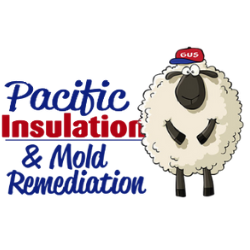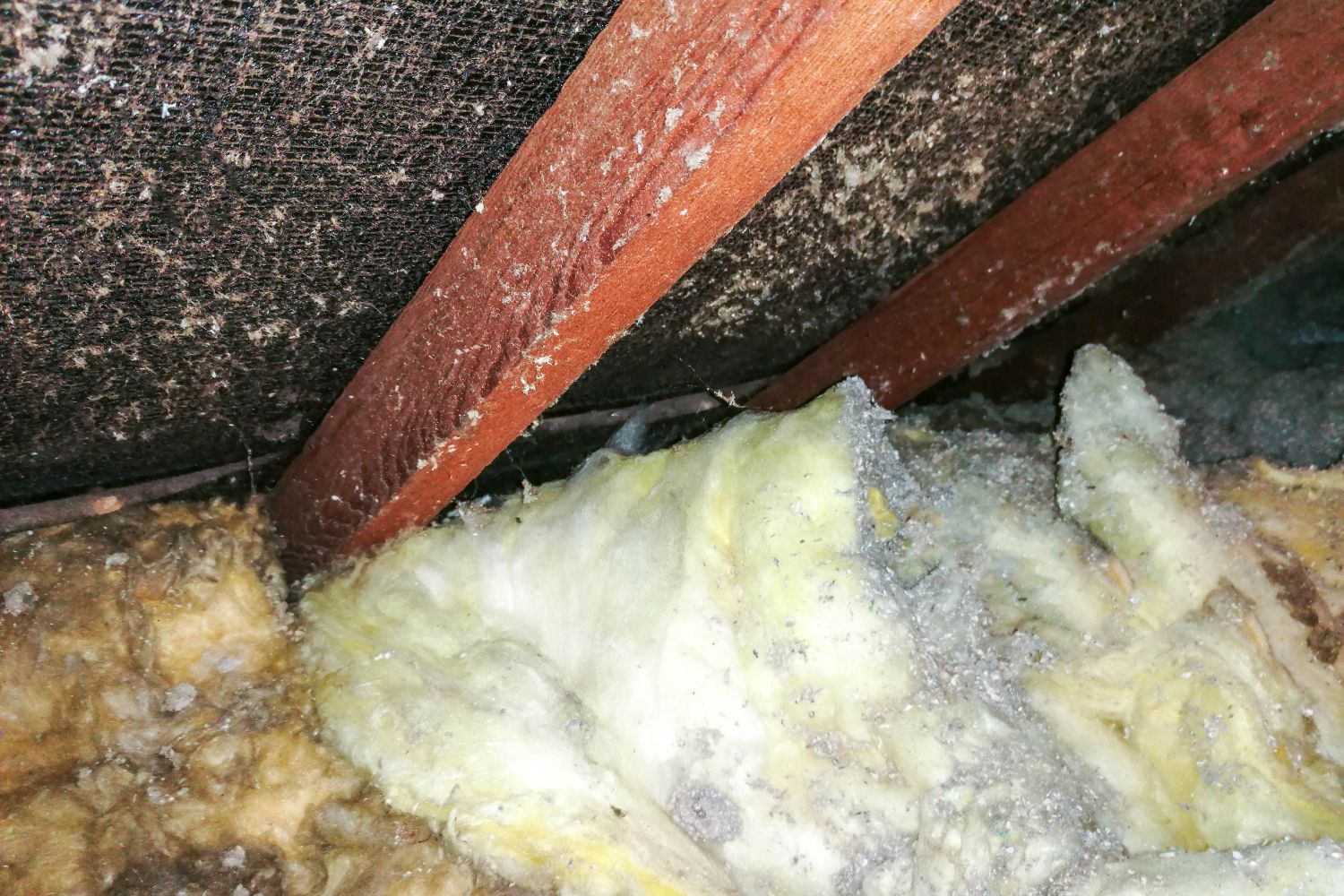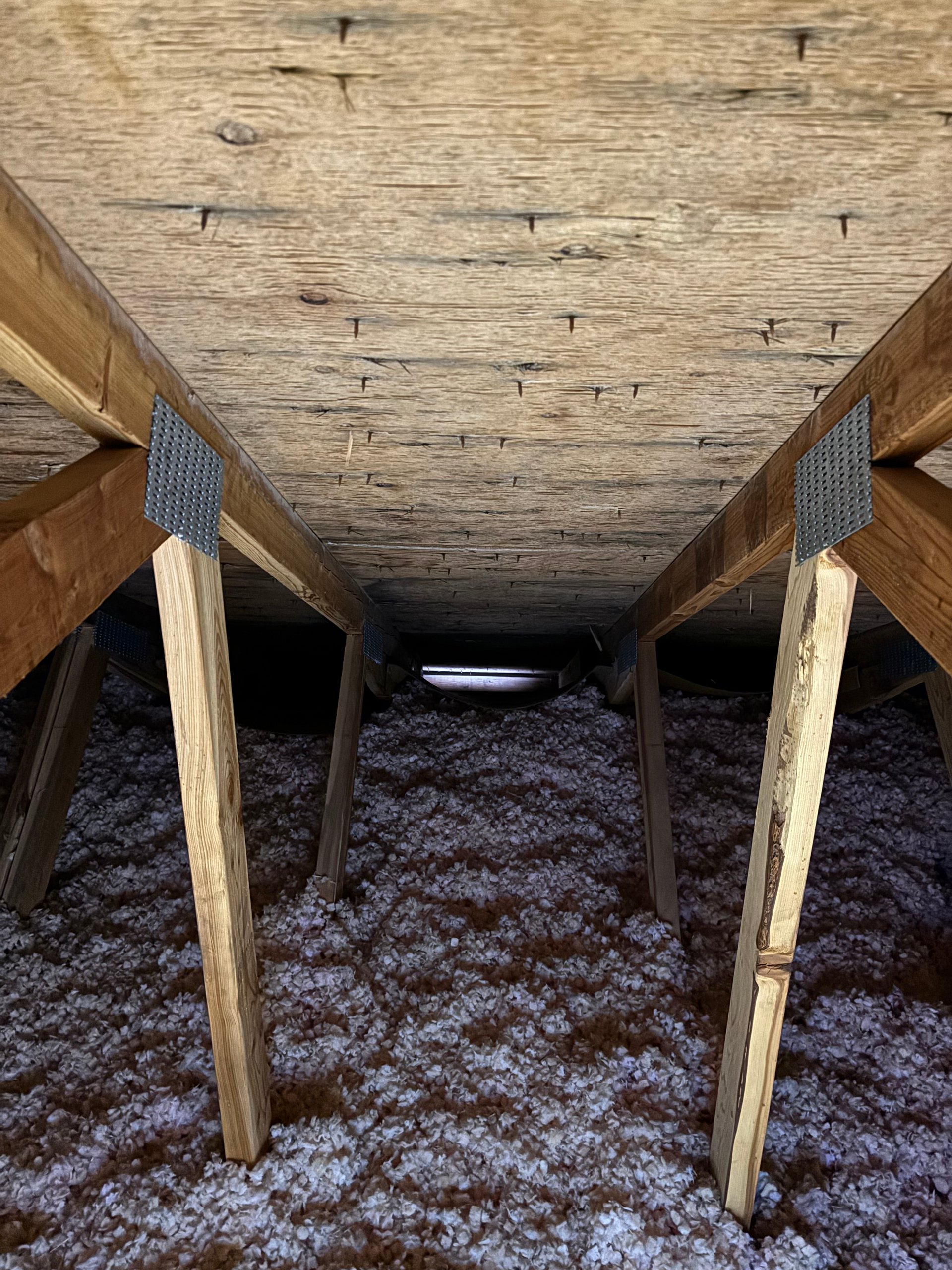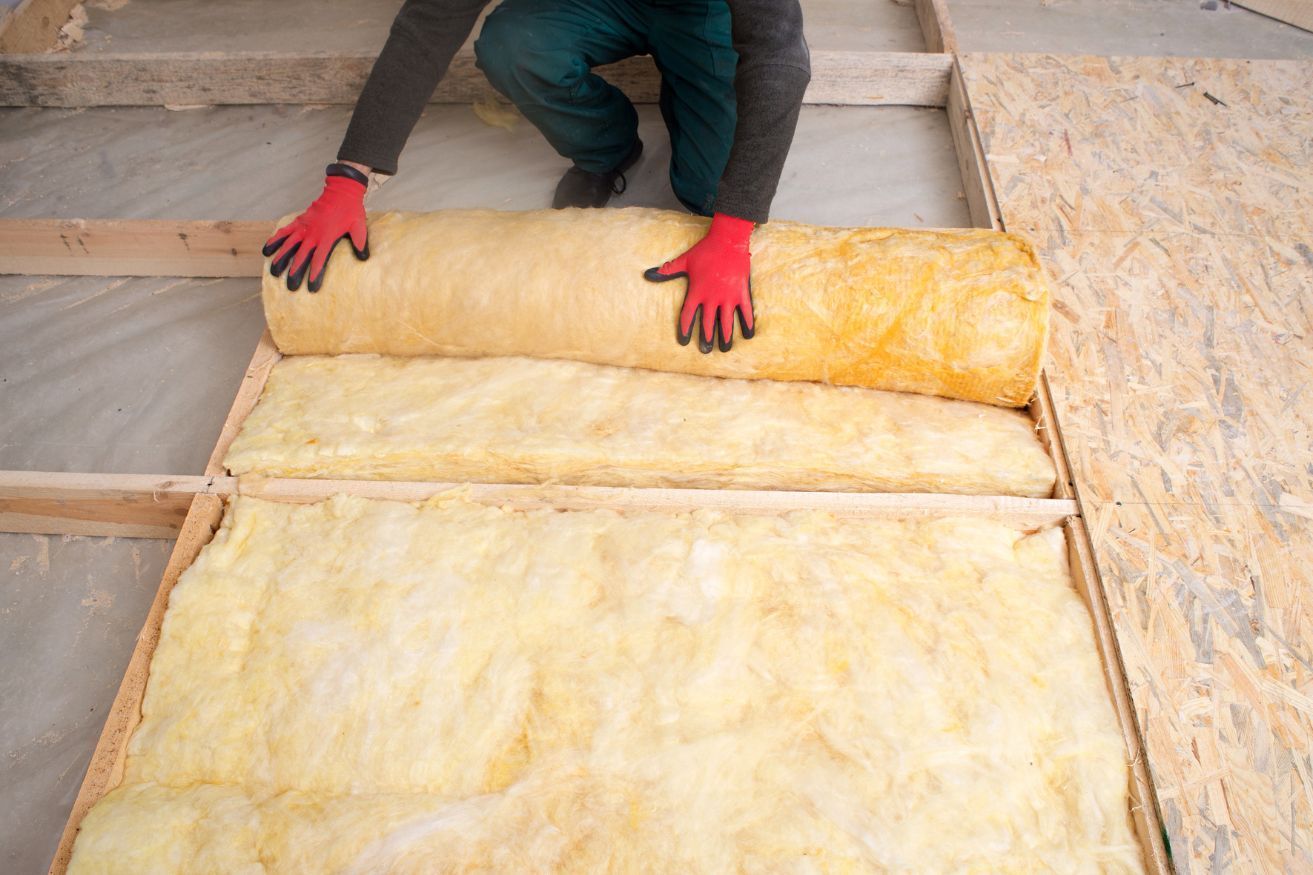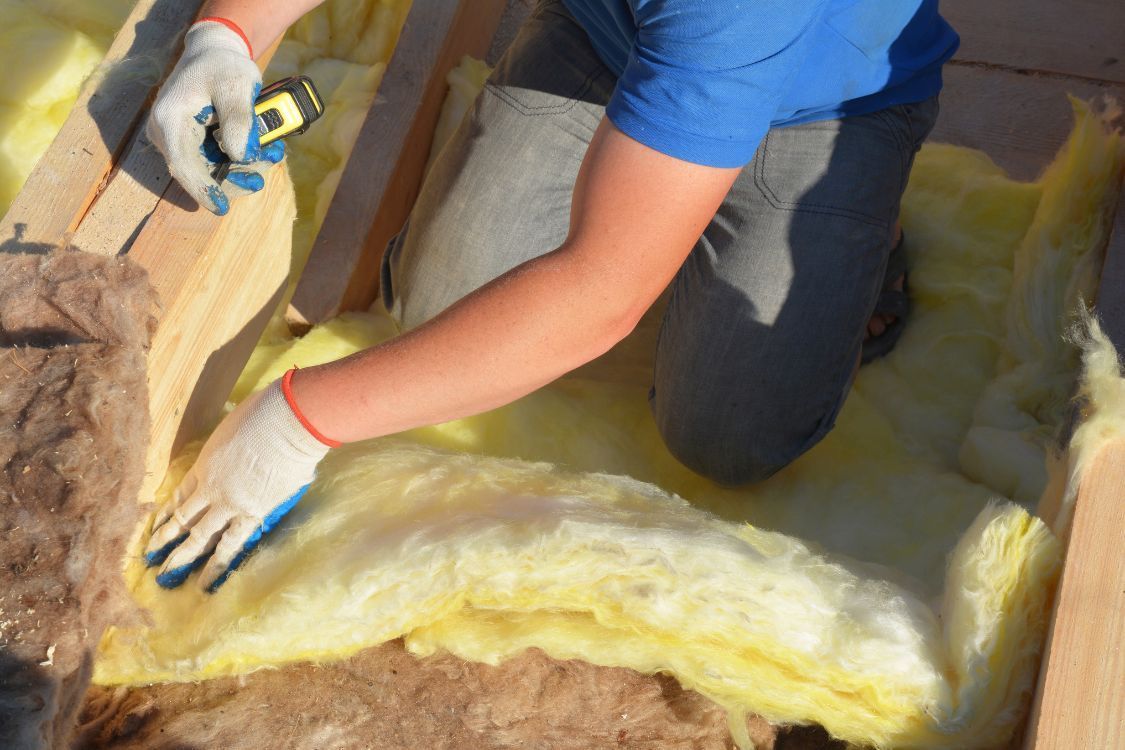How Many Bags of Cellulose Do I Need
Understanding Cellulose Insulation
Cellulose insulation is made from recycled paper products and is treated to be fire-resistant and pest-repellent. It is often used as blown-in insulation, which means it is applied using a machine that blows the material into the spaces needing insulation. This method helps fill gaps and provides a consistent layer of insulation.
Why Choose Cellulose?
Choosing cellulose insulation offers several benefits:
- Eco-Friendly: Made from recycled materials.
- Effective: Provides good R-values, which measure insulation effectiveness.
- Versatile: Can be used in various parts of the house.
Calculating the Amount of Insulation Needed
To determine how many bags of cellulose insulation you need, follow these steps:
Step 1: Measure the Area
First, measure the square footage of the area you want to insulate. For instance, if you plan to insulate your attic, measure the length and width to get the total square footage.
Example: If your attic is 20 feet by 50 feet, your total square footage is 1,000 square feet.
Step 2: Decide on the R-Value
R-value indicates the insulation's resistance to heat flow. Higher R-values mean better insulation. The recommended R-value depends on your climate zone and the part of the house you're insulating.
- Attic: R-38 to R-60
- Walls: R-13 to R-21
- Floors: R-25 to R-30
Step 3: Check Insulation Bag Coverage
Each bag of cellulose insulation will specify how much coverage it provides at different R-values. This information is crucial for determining how many bags you'll need.
Step 4: Calculate the Number of Bags
Use the following formula to calculate the number of bags required:
[ \text{Number of Bags} = \frac{\text{Total Square Footage} \times \text{Desired R-Value}}{\text{Coverage per Bag at Desired R-Value}} ]
Example: Suppose one bag covers 30 square feet at an R-value of 38. For a 1,000 square foot attic with an R-value of 38, you'd need:
[ \frac{1,000 \times 38}{30} = 1,267 \text{ bags} ]
Using Online Calculators
Many websites offer insulation calculators that can simplify this process. You might come across calculators like the "Tap Insulation Calculator" or "Dense Pack Cellulose Calculator." These tools can provide quick estimates based on inputs like square footage and desired R-values.
Factors Influencing Insulation Needs
Existing Insulation
If you already have some insulation, you may not need as much additional material. Measure the depth of your existing insulation and adjust your calculations accordingly.
Settling
Blown-in insulation can settle over time, reducing its thickness and effectiveness. Consider this when calculating the amount needed, especially for older homes.
Climate
Your local climate will affect the R-value you need. Colder climates require higher R-values for optimal energy efficiency.
Tips for Insulating with Cellulose
- Hire a Professional: Blown-in insulation requires specialized equipment and skills. Consider hiring a professional to ensure it's done correctly.
- Safety First: Wear protective gear, like masks and goggles, to avoid inhaling dust during installation.
- Seal Air Leaks: Before adding insulation, seal any air leaks in the area to enhance energy efficiency.
Conclusion
Determining how many bags of cellulose insulation you need involves measuring your space, deciding on the desired R-value, and calculating based on bag coverage. Use online calculators for convenience and consider hiring a professional for installation. By planning properly, you can ensure your home is well-insulated, energy-efficient, and comfortable.
Remember, proper insulation not only saves energy but also reduces your utility bills, making it a wise investment for your home.
